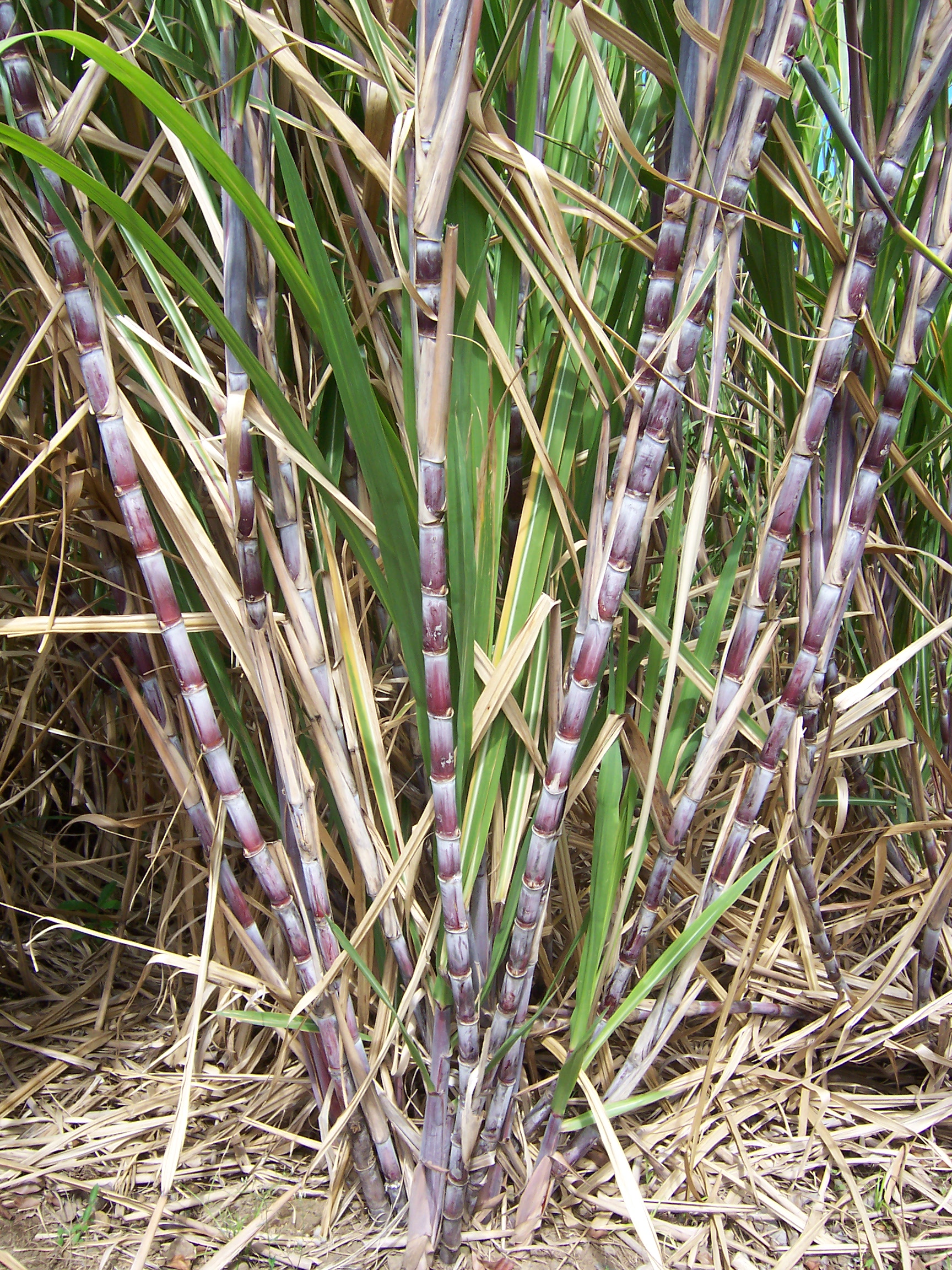culm (botany) on:
[Wikipedia]
[Google]
[Amazon]

 A culm is the aerial (above-ground)
A culm is the aerial (above-ground)
 A culm is the aerial (above-ground)
A culm is the aerial (above-ground) stem
Stem or STEM most commonly refers to:
* Plant stem, a structural axis of a vascular plant
* Stem group
* Science, technology, engineering, and mathematics
Stem or STEM can also refer to:
Language and writing
* Word stem, part of a word respon ...
of a grass
Poaceae ( ), also called Gramineae ( ), is a large and nearly ubiquitous family (biology), family of monocotyledonous flowering plants commonly known as grasses. It includes the cereal grasses, bamboos, the grasses of natural grassland and spe ...
or sedge
The Cyperaceae () are a family of graminoid (grass-like), monocotyledonous flowering plants known as wikt:sedge, sedges. The family (biology), family is large; botanists have species description, described some 5,500 known species in about 90 ...
. It is derived from Latin
Latin ( or ) is a classical language belonging to the Italic languages, Italic branch of the Indo-European languages. Latin was originally spoken by the Latins (Italic tribe), Latins in Latium (now known as Lazio), the lower Tiber area aroun ...
, meaning "stalk." It originally referred to the stem of any type of plant.
In horticulture
Horticulture (from ) is the art and science of growing fruits, vegetables, flowers, trees, shrubs and ornamental plants. Horticulture is commonly associated with the more professional and technical aspects of plant cultivation on a smaller and mo ...
or agriculture
Agriculture encompasses crop and livestock production, aquaculture, and forestry for food and non-food products. Agriculture was a key factor in the rise of sedentary human civilization, whereby farming of domesticated species created ...
, it is especially used to describe the stalk or woody stems of bamboo
Bamboos are a diverse group of mostly evergreen perennial plant, perennial flowering plants making up the subfamily (biology), subfamily Bambusoideae of the grass family Poaceae. Giant bamboos are the largest members of the grass family, in th ...
, cane
Cane or caning may refer to:
*Walking stick, or walking cane, a device used primarily to aid walking
* Assistive cane, a walking stick used as a mobility aid for better balance
* White cane, a mobility or safety device used by blind or visually i ...
or grain
A grain is a small, hard, dry fruit (caryopsis) – with or without an attached husk, hull layer – harvested for human or animal consumption. A grain crop is a grain-producing plant. The two main types of commercial grain crops are cereals and ...
grasses.
Malting
In the production of malted grains, the culms refer to the rootlets of the germinated grains. The culms are normally removed in a process known as "deculming" after kilning when producingbarley
Barley (), a member of the grass family, is a major cereal grain grown in temperate climates globally. It was one of the first cultivated grains; it was domesticated in the Fertile Crescent around 9000 BC, giving it nonshattering spikele ...
malt, but form an important part of the product when making sorghum
''Sorghum bicolor'', commonly called sorghum () and also known as great millet, broomcorn, guinea corn, durra, imphee, jowar, or milo, is a species in the Poaceae, grass genus ''Sorghum (genus), Sorghum'' cultivated for its grain. The grain i ...
or millet
Millets () are a highly varied group of small-seeded grasses, widely grown around the world as cereal crops or grains for fodder and human food. Most millets belong to the tribe Paniceae.
Millets are important crops in the Semi-arid climate, ...
malt. These culms are very nutritious and are sold off as animal feed.
References
Plant morphology {{Plant-morphology-stub